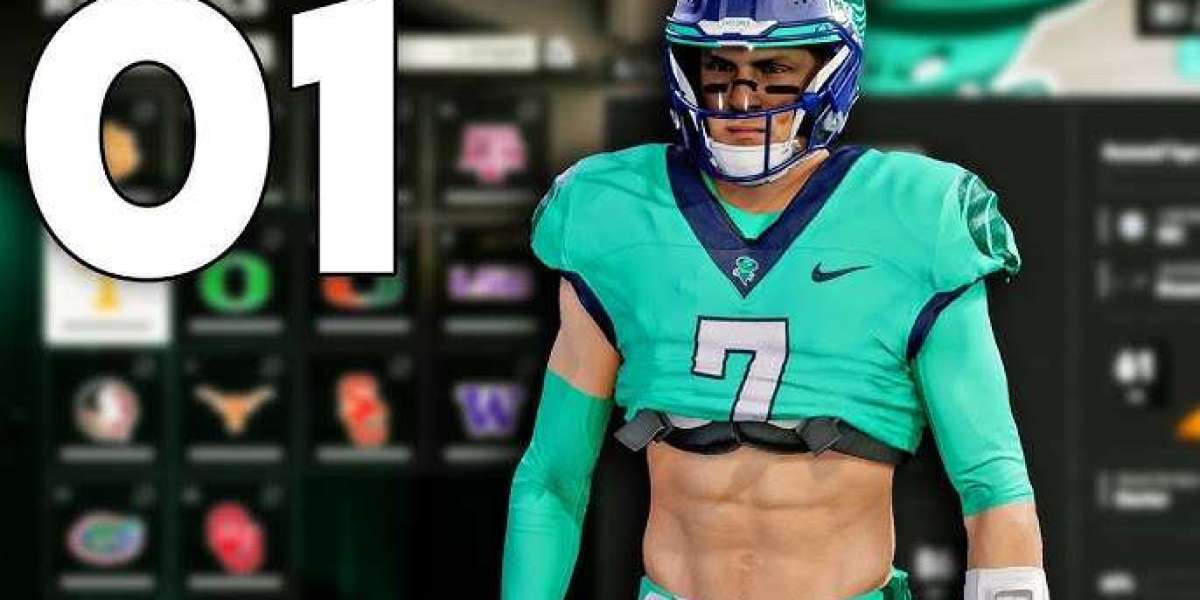Recruiting is the foundation of every great college football program - and in College Football 26, it's the key to long-term success in Dynasty Mode. Having plenty of CUT 26 Coins will also help you succeed. Whether you're coaching a powerhouse like Georgia or starting from scratch with a one-star rebuild, mastering the recruiting system determines whether your team becomes a national contender or stays stuck in mediocrity.
Step 1: Building Your Coach
Everything starts with your head coach. You can either take over an existing one or create your own from scratch. When building your coach, consider skill trees carefully - especially between the Motivator and Recruiter archetypes.
While Recruiter sounds appealing, most of its early perks are locked behind several upgrades and don't add much to your recruiting impact. In contrast, Motivator provides consistent bonus XP every time a player levels up, helping you develop your coach faster. More wins mean more prestige - and that's what truly drives recruiting success.
Once you've developed your coach and your school begins winning, elite recruits will start calling you instead of the other way around.
Step 2: Setting Up Your Recruiting Board
Before the first week of the season, open your recruiting board and fill it with 35 prospects. This is crucial. Scouting and offering scholarships early helps you identify hidden gems before larger schools swoop in.
The number of recruiting hours you get per week varies by program prestige - powerhouse schools can have up to 1,000 hours, while small programs might start with 450. Use every hour wisely.
Focus on your pipelines - the states where your school has strong recruiting influence. Pipeline bonuses stack the more players you sign from that area, increasing your odds of landing local stars. Aim to expand those pipelines over time by signing more in-state talent.
Step 3: Balancing Targets
When choosing who to pursue, decide early on your recruiting philosophy. You can go "top-heavy" - pouring all your resources into a few four- and five-star prospects - or aim for balance by filling your class with solid two- and three-stars who can develop into starters.
There's risk in both approaches. Elite recruits might reject smaller schools or transfer later, while lower-rated players often take time to become competitive. Find the right mix for your program's stage of development.
Don't stress too much about filling every listed positional "need." Prioritize talent and fit over numbers. Positions can always be changed later if a player fits another role better. Likewise, skip recruiting kickers and punters until the offseason - quality specialists are easier to find late or through the transfer portal.
Step 4: Scouting and Offering Scholarships
Once your board is full, scout each player to reveal key ratings. Spend enough hours to uncover at least their main attributes - speed, throw power, or coverage - before committing heavily. Drop anyone who doesn't meet your standards.
After scouting, offer scholarships to every player you're serious about. Each offer costs five hours, so plan ahead. For a full board of 35, you'll need at least 175 hours reserved for scholarships.
Step 5: Allocating Weekly Hours
Each week, allocate your recruiting hours strategically. You can either spread your hours across multiple recruits or go all-in on a few key players. Early in a rebuild, focusing your time on a handful of realistic targets is usually best.
If a recruit has no current scholarship offers, they're an easy opportunity. Offer quickly - you might land them before the competition notices. Conversely, if a blue-chip recruit is already favoring major programs, consider whether it's worth your limited hours to stay in that battle.
Step 6: Managing Visits and Pitches
Campus visits are powerful tools in recruiting. Schedule them strategically - ideally during home games, you're confident you'll win. Victories boost visit bonuses, while losses can destroy momentum.
Try to schedule four recruits per game to maximize "complementary visits," which grant extra points when recruits of different but compatible positions visit together. For instance, linebackers and defensive linemen complement each other; two players at the same position do not.
When a recruit lists you in their Top 5, you'll unlock pitches. Each recruit values certain factors - like Pro Potential, Conference Prestige, or Play Style. Match your program's strengths to their interests, and choose when to hard sell (if your ratings align strongly) or soft sell (for safer, smaller gains).
If you misjudge, you can try a sway pitch. This lets you convince a recruit to adopt one of your school's strengths as a new personal preference - but it's risky and costs 30 hours, so save it for high-value targets.
Step 7: Monitoring Progress and Adjusting
Each week, check your progress. You'll see visual bars showing your standing versus other schools. When another team's bar fills ahead of yours, you risk being locked out. Reallocate hours from those players immediately - don't waste time on lost causes.
Keep an eye on deal breakers, too. Some factors, like Conference Prestige, rarely change; others, such as Play Style or Coach Stability, can improve as your program develops. Revisit old targets later if your grades in those areas rise.
Finally, use every available hour. Idle points are wasted opportunities. Whether it's 10 hours to maintain interest or 50 to close a deal, consistency week-to-week is key to landing commitments.
Step 8: Closing the Deal
Once a recruit schedules a visit, wins become critical. Blowout victories (+17 points or more) give the biggest bonus, while narrow wins provide smaller gains. If you can deliver an A+ performance during a visit, that player might commit immediately.
If a player does commit elsewhere, remove them from NCAA Football 26 Coins your board unless you think they might decommit later - usually only if their deal breaker is something flexible like Play Style. Otherwise, reclaim those hours for new prospects.








